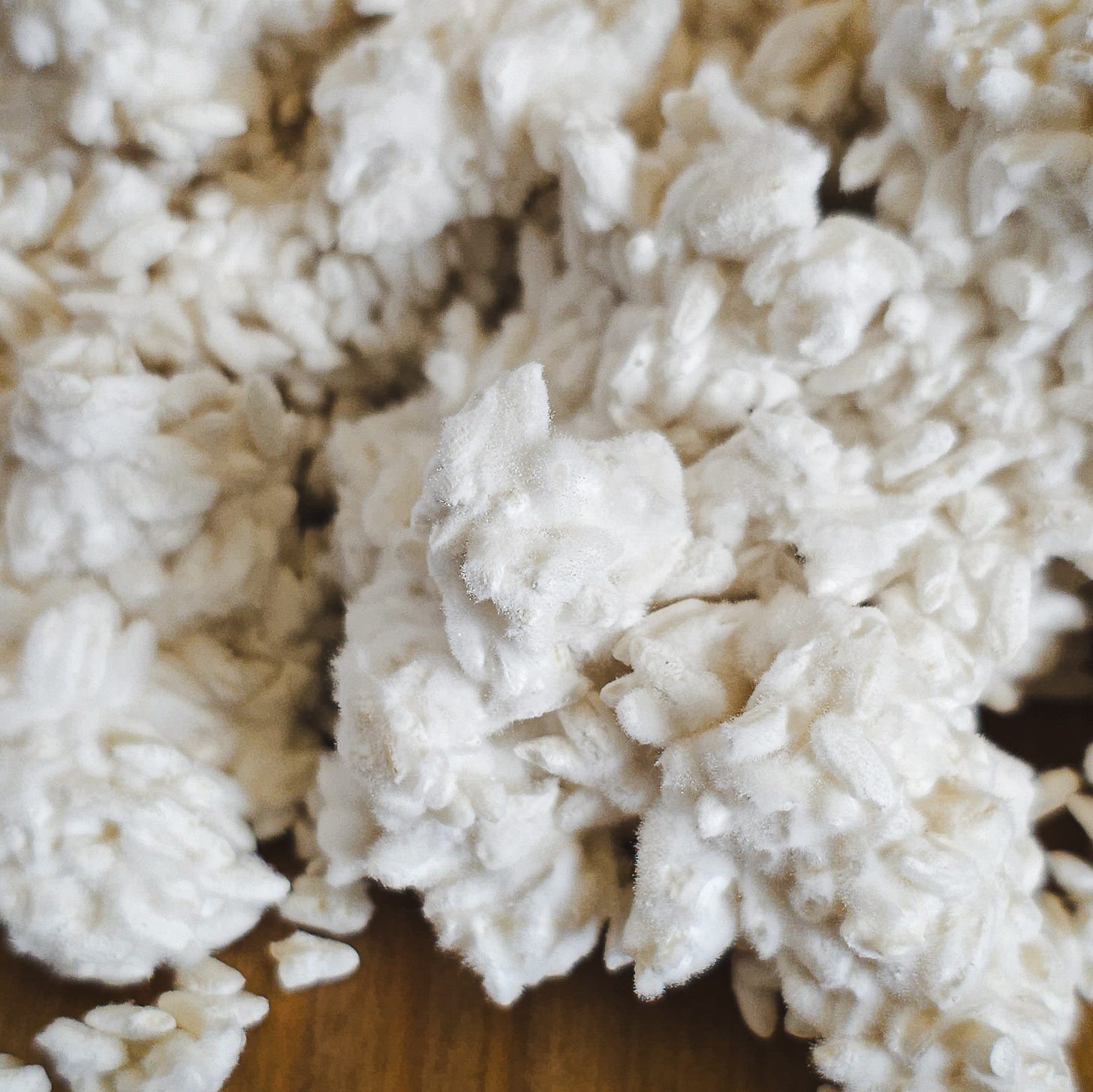Koji Explained
Discover how koji's fermentation magic transforms simple ingredients into umami-rich culinary gems, featuring a versatile garum recipe that you can use as a template
Koji is a mold traditionally grown on rice or barley but can be grown on any substrate rich in carbohydrates.
Koji primarily serves as a starter for fermented foods: it's usually added to another product. This secondary fermentation process causes a complete transformation in flavor and texture. That's how soybeans become miso, rice becomes sake, and soybeans and wheat become soy sauce.
Think of it as a powerhouse fermenter. Koji naturally contains large quantities of enzymes such as amylase (a starch-metabolizing enzyme) and protease (a protein-metabolizing enzyme). These enzymes convert starch and protein in the raw material into fermentable sugars and amino acids, improving the flavor, taste, and bioactivities of fermented foods.
Keep reading with a 7-day free trial
Subscribe to cosmos society to keep reading this post and get 7 days of free access to the full post archives.



